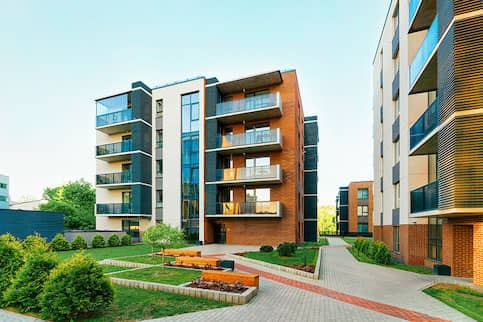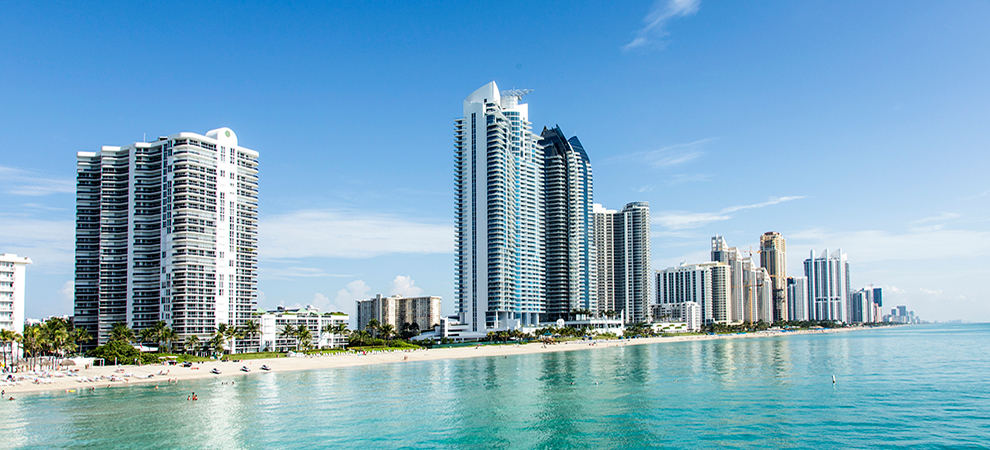The Role of an HOA in Developing and Enforcing Community Guidelines for Residents
The duty of a Homeowners Organization (HOA) in applying and developing community standards is fundamental to maintaining a cohesive and organized household atmosphere. By formulating clear policies that govern elements such as residential property upkeep and neighborhood conduct, the HOA not just sets requirements for citizens but likewise cultivates a feeling of belonging and responsibility.
Recognizing Homeowners Organizations
Homeowners organizations (HOAs) work as regulating bodies for residential communities, playing a vital duty in preserving building worths and promoting a feeling of community. Generally formed by programmers, HOAs are made up of home owners within an assigned area that choose a board to manage the organization's activities. The key functions of an HOA consist of imposing community policies, handling typical locations, and arranging area occasions.
HOAs run under a set of regulating records, consisting of commitments, problems, and constraints (CC&R s), which lay out the civil liberties and duties of homeowners. These policies aim to make certain that homes are preserved to a specific criterion, thereby safeguarding the aesthetic allure and total worth of the community. Additionally, HOAs typically collect dues from house owners to fund upkeep, landscape design, and other neighborhood solutions.
The existence of an HOA can considerably influence the living experience within a community (hoa condo). While some citizens appreciate the organized setting and facilities given, others might discover certain policies limiting. Stabilizing the passions of all homeowners is vital for an HOA to function properly, making certain that it serves its intended objective of enhancing community living while respecting individual house owner civil liberties
Establishing Community Standards

To begin, an HOA should conduct studies or hold conferences that permit citizens to articulate their issues and ideas. This participatory process fosters a feeling of ownership and increases compliance. Next, the HOA board must examine the comments to recognize usual motifs and concerns that necessitate official incorporation in the guidelines.
It is likewise vital to guarantee that the standards are clear, succinct, and conveniently understood. Ambiguities can lead to problems and misunderstandings, undermining the function of the standards. Additionally, the guidelines must be extensive, covering various elements of community living, including property maintenance, sound degrees, and usage of usual locations.
Enforcement of Policies
Efficient enforcement of area regulations is important for keeping order and ensuring that all homeowners follow the developed guidelines. An HOA needs to carry out a structured technique to impose these regulations, which frequently involves a mix of monitoring, interaction, and charges for non-compliance.
First, regular evaluations and community patrols can help determine violations, making certain that rules are continually applied across the neighborhood. This proactive monitoring allows the HOA to address problems before they intensify, fostering a feeling of accountability amongst homeowners.
2nd, clear communication is important. Residents ought click over here to be notified of the guidelines and the procedures for reporting offenses. An open line of interaction urges locals to voice worries and seek information on guidelines, which can enhance compliance.
Last but not least, when offenses occur, the HOA should impose repercussions as described in the controling documents. This might consist of cautioning letters, fines, or, in severe cases, legal activity. It is necessary that charges are used fairly and continually to preserve trust fund within the community. By efficiently applying policies, an HOA can grow an unified living environment that reflects the collective worths of its locals.
Benefits of HOA Rules
Countless benefits arise from the execution of HOA guidelines, which serve to boost the high quality of life within a community. One key benefit is the maintenance of building worths. By enforcing requirements for appearances and upkeep, HOAs guarantee that homes and usual areas continue to be appealing, cultivating a preferable living atmosphere that can bring about raised residential property worths gradually.
Additionally, HOA laws promote uniformity and harmony within the area. This comprehensibility in style and maintenance aids to develop a feeling of belonging among residents, contributing to community satisfaction and a favorable environment. In addition, established guidelines assist in problem resolution among next-door neighbors by supplying clear expectations and protocols for actions, consequently reducing disputes.
Another considerable benefit is the arrangement of shared features about his and solutions. Many HOAs handle neighborhood centers such as parks, clubs, and swimming pools, which boost entertainment possibilities for residents. These services not just boost the top quality of life yet also urge social interaction.
Ultimately, the policies stated by an HOA grow an efficient, harmonious area, making sure that residents delight in a high criterion of living while promoting an encouraging atmosphere for all homeowners.
Typical Obstacles Faced by HOAs
Amidst the benefits that homeowners organizations (HOAs) can give, they likewise run into a selection of challenges that can prevent their effectiveness. One substantial issue is the lack of resident involvement. Many home owners may not take part in meetings or neighborhood activities, bring about a detach between the HOA board and citizens. This disengagement can lead to misconceptions concerning area standards and an absence of assistance for enforcement efforts.
An additional challenge is the enforcement of policies and guidelines. Disputes can emerge when citizens feel that enforcement is irregular or biased, possibly leading to conflicts within the area. Furthermore, HOAs commonly deal with monetary constraints, which can restrict their ability to keep common areas or fund neighborhood projects. This can create discontentment amongst homeowners link who anticipate high standards of upkeep.
In addition, browsing lawful complexities can be daunting for HOAs. Progressing and altering demographics area needs call for HOAs to adapt their guidelines, usually fulfilling resistance from enduring homeowners that are accustomed to typical standards.
Final Thought

By formulating clear guidelines that regulate elements such as residential property upkeep and neighborhood conduct, the HOA not only sets criteria for locals but also promotes a feeling of belonging and responsibility.Homeowners organizations (HOAs) serve as controling bodies for residential communities, playing an important role in maintaining residential property values and fostering a sense of community. Numerous home owners may not participate in conferences or area tasks, leading to a separate between the HOA board and locals. Changing demographics and advancing area needs call for HOAs to adapt their standards, usually fulfilling resistance from long-standing residents who are accustomed to standard standards. Through the growth of clear laws and constant enforcement, HOAs promote home upkeep, community satisfaction, and trust amongst residents.